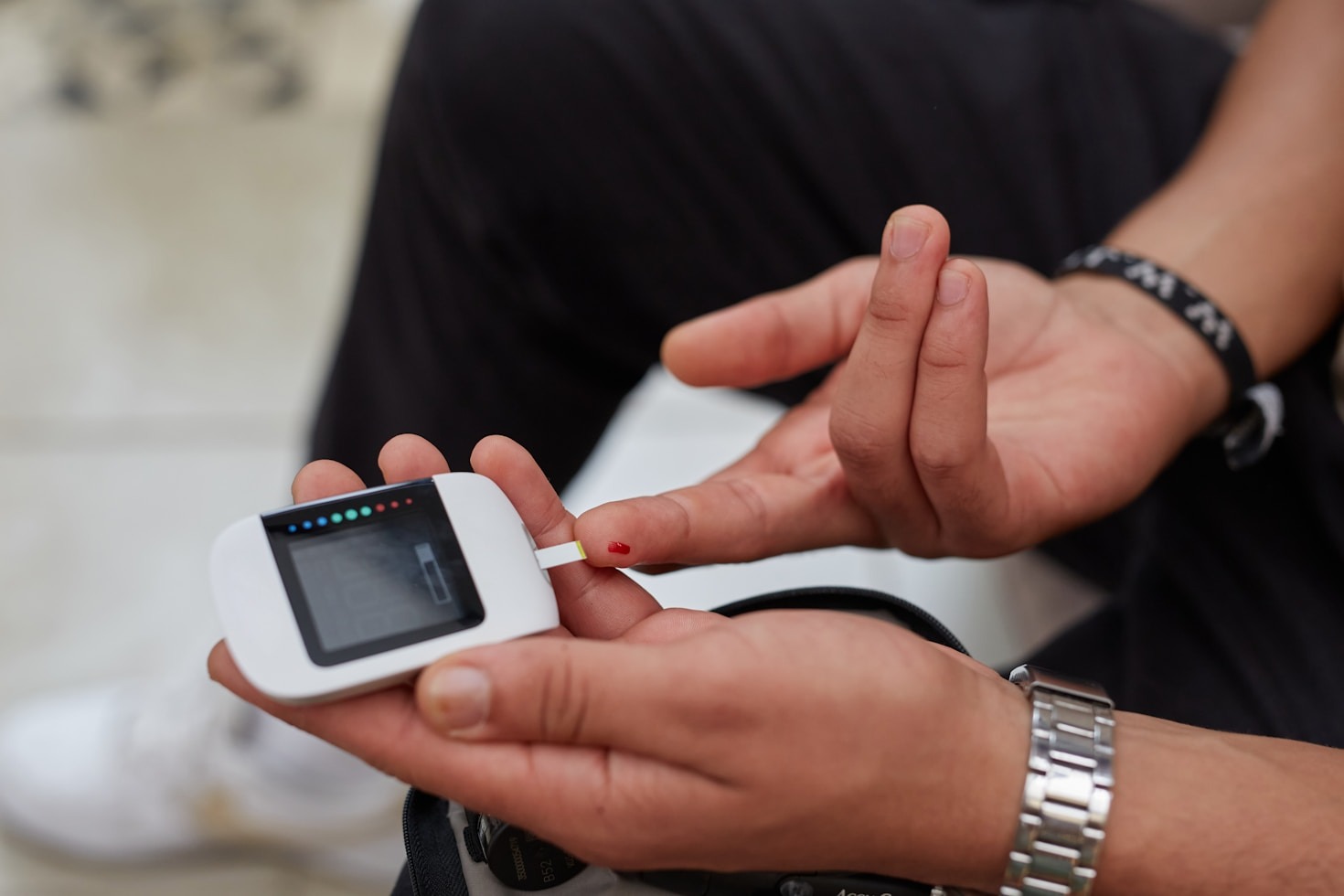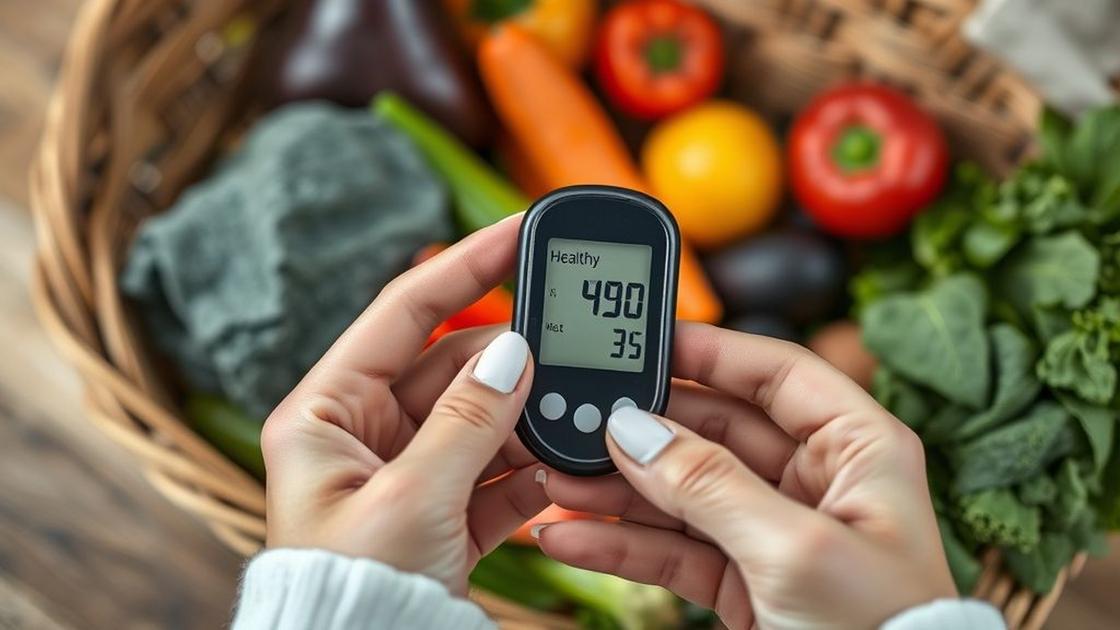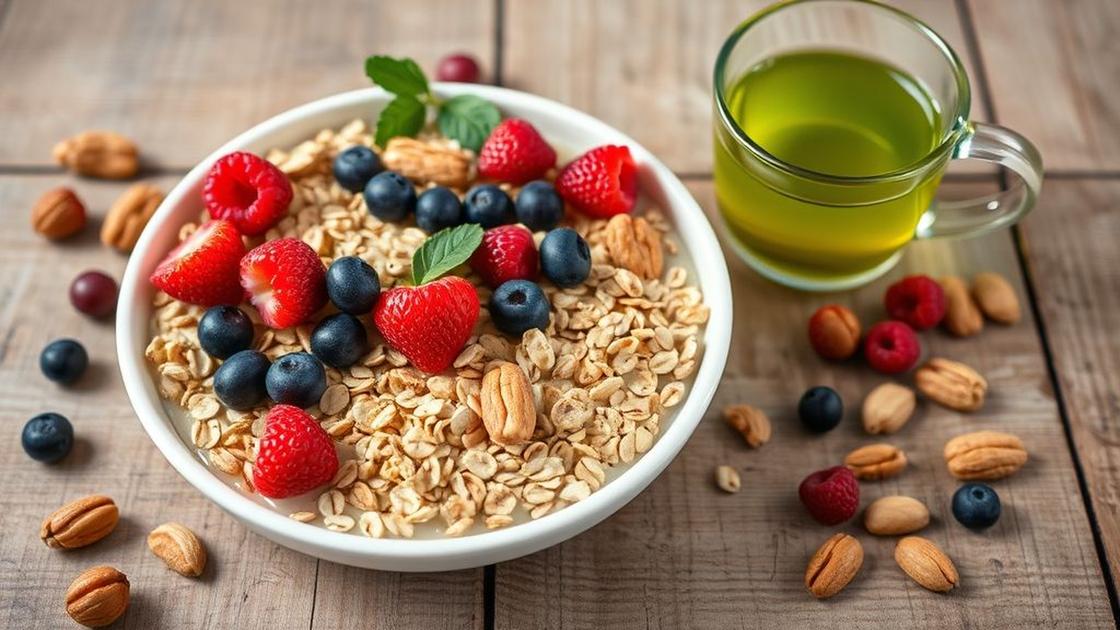Feeling overwhelmed by sugar cravings and energy dips? You’re not alone. Many women over 30 often face the challenges of sugar levels, grappling with fatigue, mood swings, and those stubborn cravings that seem impossible to conquer. But, don’t worry! By understanding daily health tips for sugar stability, you can regain control of your energy and well-being. In this article, we’ll delve into practical and effective strategies to help you maintain a balanced lifestyle right from the comfort of your home.
Understanding Sugar Stability and Its Importance
Maintaining sugar stability is essential for everyone, especially for women over 30, who may deal with fatigue, hormonal imbalances, and the natural stressors of daily life. Sugar stability refers to keeping blood sugar levels balanced throughout the day. When your blood sugar is stable, you experience steady energy, optimal mood, and better overall health.
In simple terms, when our bodies struggle with sugar spikes and drops, it can lead to feelings of anxiety, irritability, and fatigue. You might feel fine one moment, only to be hit by a sudden wave of tiredness or hunger. This rollercoaster effect can leave you feeling frustrated and drained. Understanding how your body reacts to different foods and stressors is key to navigating these challenges.
Daily Habits for Keeping Sugar Levels Balanced
Creating daily habits that encourage stable blood sugar can transform your life. Here are some practical strategies:
- Eat Regular Meals: Skipping meals can lead to blood sugar lows. Aim to eat small, balanced meals every 3-4 hours.
- Include Protein and Fiber: Foods rich in protein and fiber help keep you feeling full longer and regulate blood sugar levels. Think lentils, beans, fruits, and whole grains.
- Limit Sugary Foods: Reducing your intake of sweets and processed foods prevents rapid spikes in sugar levels. Consider natural options like fruit to satisfy your sweet tooth.
- Monitor Portion Sizes: Eating too much at once can overwhelm your body’s ability to process sugar effectively.
- Plan Your Snacks: Healthy snacks can help maintain sugar levels between meals. Incorporate nuts, Greek yogurt, or veggie sticks with hummus.
Healthy Snack Options to Control Cravings
It’s normal to crave something sweet or salty between meals, but with the right snack options, you can keep those cravings in check. Try these ideas:
- Apple Slices with Almond Butter: A delicious combo of fiber and protein that keeps you satisfied.
- Carrot Sticks with Hummus: Crunchy, nutritious, and perfect for a mid-afternoon snack.
- Greek Yogurt with Berries: Full of probiotics and antioxidants, it also provides protein and flavor.
- Trail Mix: A handy mix of nuts and dried fruit can boost your energy without the sugar crash.
The Role of Hydration in Sugar Regulation
Staying hydrated is often overlooked but plays a crucial role in maintaining sugar stability. Drinking enough water can help:
- Improve Digestion: Proper hydration supports a healthy digestive system, which in turn aids in blood sugar regulation.
- Enhance Energy Levels: Dehydration can lead to feelings of fatigue. Keeping hydrated can help fight that afternoon slump.
- Control Hunger Signals: Sometimes you might confuse thirst with hunger. Staying hydrated can help reduce unnecessary snacking.
Mindful Eating: A Key to Better Sugar Control
Mindful eating is about paying attention to your food—where it comes from, how it tastes, and how it makes you feel. Here’s how it can help:
- Enhances Awareness: By being present during meals, you can better listen to your body’s hunger and satiety cues.
- Reduces Emotional Eating: When you eat mindfully, you’re less likely to indulge in stress or emotional eating, which can lead to sugar spikes.
- Improves Satisfaction: Taking the time to appreciate your food can lead to better overall satisfaction with smaller portions.
Incorporating Exercise for Better Blood Sugar Levels
Regular physical activity is vital for maintaining sugar stability. Exercise helps your muscles use sugar more effectively and can lower blood sugar levels. Consider these tips:
- Find Enjoyable Activities: Whether it’s dancing, walking, or yoga, find something you love to make it easier to stick to a routine.
- Start Small: If you’re new to exercise, aim for short, manageable sessions. Gradually increase your activity level.
- Incorporate Movement: Look for ways to add more movement into your day, such as taking the stairs or going for a walk during your lunch break.
The Impact of Stress on Sugar Stability
Stress can wreak havoc on your blood sugar levels. Understanding this connection is essential:
- Releases Stress Hormones: When you’re stressed, your body releases hormones like cortisol, which can increase blood sugar levels.
- Encourages Unhealthy Eating: Stress often leads to cravings for high-sugar and high-fat comfort foods.
- Adverse Effects on Sleep: Too much stress can disrupt your sleep, which affects blood sugar regulation.
Sleep’s Crucial Role in Managing Energy Levels
Quality sleep is fundamental for overall health and sugar stability. Here’s why it matters:
- Regulates Hormones: Sleep helps keep hormones that control hunger and metabolism in check.
- Restores Energy: Good sleep restores your energy levels, helping you to wake up refreshed and ready to tackle the day.
- Enhances Focus: With proper rest, you’ll find it easier to make healthier choices throughout the day.
Nutritional Supplements for Sugar Balance
Some women may benefit from additional support in managing blood sugar levels. Consider these options:
- Cinnamon: Studies suggest that cinnamon may improve insulin sensitivity.
- Chromium: This mineral plays a role in carbohydrate and fat metabolism, and deficiencies may affect blood sugar levels.
- Alpha-Lipoic Acid: An antioxidant that has been shown to improve insulin sensitivity and reduce symptoms of neuropathy.
Empowering Steps to Take Today for Lasting Change
Women often put their needs last, but taking small steps each day can create lasting change. Here are some empowering steps you can take:
- Track Your Food and Mood: Keeping a journal can help identify patterns and triggers related to sugar levels.
- Set Realistic Goals: Focus on making one small change at a time, rather than overhauling your entire diet.
- Connect with Others: Share your experiences and support each other in maintaining healthy lifestyles.
By following a simple step-by-step method, you can take control of your health and improve the challenges you face daily. Remember, you are not alone in this journey. Many women have successfully managed their energy levels, stress, and overall well-being using these strategies. Together, we can empower each other to find balance and happiness in our lives.










